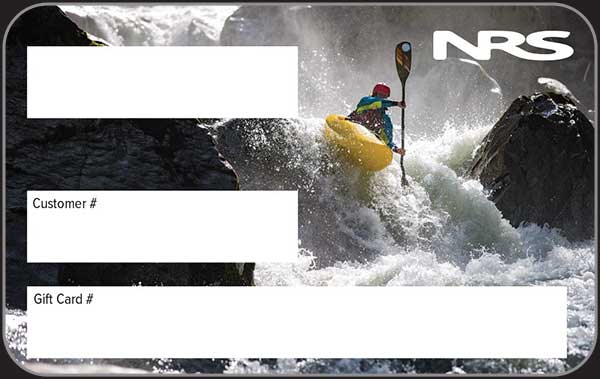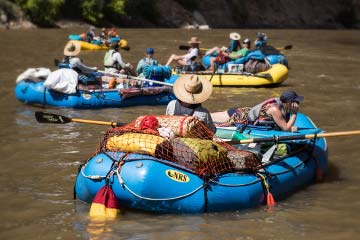Rescue Film Series: Ep. 5: Victim Contact Techniques
Due to your cookie choices, we cannot show you this content. Adjust your settings?
It’s usually best to make direct contact with the person who needs swiftwater rescue assistance in a kayaking or rafting emergency. Rescue expert Jim Coffey covers victim contact techniques for safely paddling, swimming and wading out to the victim. He also stresses the importance of setting up several types of downstream safety.
From our lawyers: The series is a supplement to, not a substitute for, hands-on training classes.
Jim shows a scenario that demonstrates all these methods. A boater needs help in mid-stream. The rescuer paddles down and catches an eddy. He gets out of his boat and wades upstream, using his paddle for stabilization in the current. Then he leaps out and swims to the victim. As with all rescue skills, it’s important to practice these techniques thoroughly so that when a real situation presents itself, we’re ready to efficiently move into action.
There are several wading techniques that need to become part of our playbook. Doing them right is important, since there’s always a danger of foot entrapment when wading in swift current. Also, always wear shoes with good grip so you’ll be able to navigate slippery river rocks.
A single rescuer can wade out, facing upstream as they shuffle sideways. Multiple people can use a “line-of-stern” method where the front person uses a paddle for support and one or more others join behind that person for support.
A “triangle-of-support” involves three people facing each other, grasping each other’s shoulders or life jackets. This method generally works best when the rescuers are of equal size. A larger team can form a “wedge” by holding onto one another as they wade out.
It’s always important to setup some form of downstream safety. If group size permits, it’s good to set up several types of safety. You can have a live-bait team, a strong swimmer, a couple of people with throw bags and perhaps someone in a boat. That way, if one method fails you have others that can step in for the rescue.
 NRS Gift Card: Always Fits, Always Wanted
NRS Gift Card: Always Fits, Always Wanted




